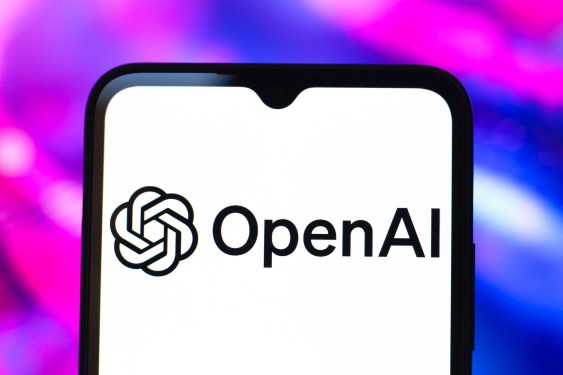OpenAI’s O3 AI Model: Benchmark Controversy and Transparency in AI Testing

Recent discussions around OpenAI’s O3 AI model have stirred up concerns regarding the transparency of benchmarking practices within the AI industry. Initially launched in December, the O3 model was touted as a groundbreaking advancement, reportedly achieving over 25% accuracy on the challenging FrontierMath problem set, far exceeding the competition, which struggled to breach a 2% success rate.
However, independent evaluations by Epoch AI revealed a startling contrast; the O3 model scored only about 10% in similar benchmarks. This discrepancy raised eyebrows and questioned OpenAI’s prior claims, leading to allegations of potential misrepresentation. Mark Chen, OpenAI’s chief research officer, confidently asserted the model’s capabilities during a livestream, but it appears that the claimed metrics may have stemmed from a version with considerably more computational resources than the publicly released model.
Epoch’s findings illustrate the varying contexts of model testing, suggesting that different configurations and datasets can yield divergent results. Epoch AI explicitly noted that their setup likely deviated from OpenAI’s, utilizing an updated FrontierMath that could account for the observed performance disparities.
The ongoing debate highlights a crucial issue: AI benchmarks are often perceived as promotional tools rather than objective reflections of capability. As more players enter the race for dominance in AI technology, prioritizing market presence over transparency can lead to misleading narratives. This trend isn’t isolated to OpenAI; similar criticisms have been targeted at various firms, including xAI and Meta, which have faced scrutiny for the integrity of their benchmark practices. The scenario creates an environment where the industry must navigate rising skepticism and calls for more rigorous standards in AI evaluation.
In the face of these challenges, OpenAI is set to release even more powerful variants of their AI models, like O3-Pro, aiming to elevate their benchmarks and regain credibility in the eyes of stakeholders. As the landscape evolves, it remains imperative for the AI community to champion transparency and standardized testing methodologies to restore trust and ensure fair competition across the industry.
